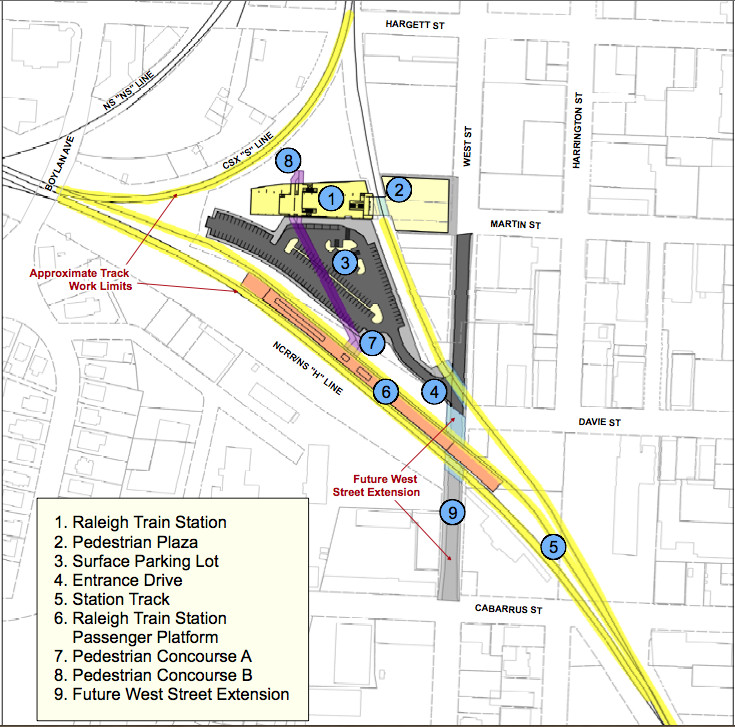Raleigh City Council members voted this week to approve a controversial development in the Falls Lake watershed.
Councilors approved the Life Time Fitness Master Plan for a 26-acre lot on Falls of Neuse Road south of Interstate 540, despite reluctance from Mayor Nancy McFarlane and debate over the impact to the watershed. Some Councilors worried about setting a precedent for building in the watershed.
At a Council committee meeting last week, Councilors asked representatives from Lifetime Fitness to look into the possibility of pumping water off site and to meet with downstream neighbors.
Councilor Randy Stagner reported that a visit to a North Citizen Advisory Council showed approval for the project from neighbors, despite traffic concerns.
“Without concerns for impact watershed and traffic for neighbors, I believe we should approve it now,” Stagner said.
Councilor Russ Stephenson followed up to address initial concerns about the development’s location near the watershed. He said the applicant had presented a plan that would prevent wastewater from reaching the watershed and improve or reduce flooding in the existing storm channels.
Still, Stephenson said he worried this project might promote intense commercial development deep in the watershed.
“This opens the door for other properties right on the cusp inside I-540 to pump water out of the watershed in order to promote intense development,” he said. “My hope is that other projects come forward with intense standards.”
McFarlane argued the project is inconsistent with the 2030 Comprehensive Plan and policies related to commercial development within the watershed.
“We don’t need polluted, silty runoff entering the water at high speed,” McFarlane said. “Pumping it somewhere else is not necessarily the answer, however. But I am encouraged to see the outcome of this and want to see a couple years of results to see the impact.”
Beth Trehos, an attorney for Lifetime Fitness, explained that the company will monitor the drainage and impact to the area on a yearly basis and will only stop monitoring after 20 years of consecutive reports with no violation.
Trehos also said Lifetime Fitness had worked with a traffic engineer to resolve all concerns in regard to increased traffic in the area.
Union Station Progress
In other business, Steve Schuster from Clearspaces presented an update of Union Station Phase I plan to Councilors this week. He said the design firm was halfway through the 25 percent schematics, which are due in early July.
Schuster said the firm studied post-industrial conversions when developing the design for this project.
“We’re focusing on connectivity,” he said. “This project is about connecting transportation, Raleigh’s past and future, and the creative class and industrial area.”
The schematic plan presented design elements such as two access points off West Martin Street, a future commuter rail platform, a concourse that will descend as it approaches the track and two major pedestrian entries. The goal is a multi-modal transit station and a major civic gathering space, Schuster said.
 A preliminary layout plan for Union Station.
A preliminary layout plan for Union Station.
The project will include retail space. Schuster said Amtrak is considering leasing the Class A office space on the second floor for its regional headquarters.
“Every design move we make will allow for future connectivity, and the development all around the station that is happening in the warehouse district,” Schuster said.
Councilors said they wanted more parking in the plan, which Schuster said is a flaw in the current design. He said the concept study had planned for 150 spots on site, but the space only allows for 36.
“Handicapped and short-term parking is all we can accommodate on the blueprint that we have,” he said. “We have to look broader to find a district solution to that issue.”
The firm has had three public input sessions with nearly 200 attendees each. The next session will take place at 6 p.m. June 26 at the Contemporary Art Museum, 409 W. Martin St.
Upper Neuse Clean Water Initiative
Reid Wilson, executive director of the Conservation Trust for North Carolina, delivered an annual update Tuesday for the Upper Neuse Clean Water Initiative.
The initiative is an attempt to create an innovative and cost-effective effort for safe drinking water. The program began in November 2005 and has now preserved 63 miles of stream frontage and 6,710 acres.
Recent developments within the project include the Water Quality Benefits Estimation tool, which was created out of a need to quantify the benefits of land protection. The tool helps the Initiative estimate the amount of sediment, nitrogen and phosphorous prevented from entering the water. The tool found that 6,724-11,165 pounds of nitrogen have been prevented from entering the water per year, or the equivalent of about 260 to 430 lawns not fertilized. Between 863 and 1,780 pounds of phosphorous was prevented from entering the water per year, or the equivalent of 100 to 200 lawns not fertilized
The update also showcased the Water Bill Dashboard, which is used to determine how changing base charges can help generate revenue for watershed protection. The Initiative is working to expand the Dashboard and get it out to local governments to help create additional sources of funding.
The initiative faces future challenges such as the cut to the Clean Water Management Trust Fund, which was the biggest complementary funding source for the project. Wilson said supporters of the initiative are fighting hard at the state legislature to prevent these cuts and the proposed elimination to NC Conservation Tax Credits.
Four projects for the Initiative were approved at the May 21 Council meeting and there are 16 projects in progress, totaling 1,011 acres along 12 miles of stream.